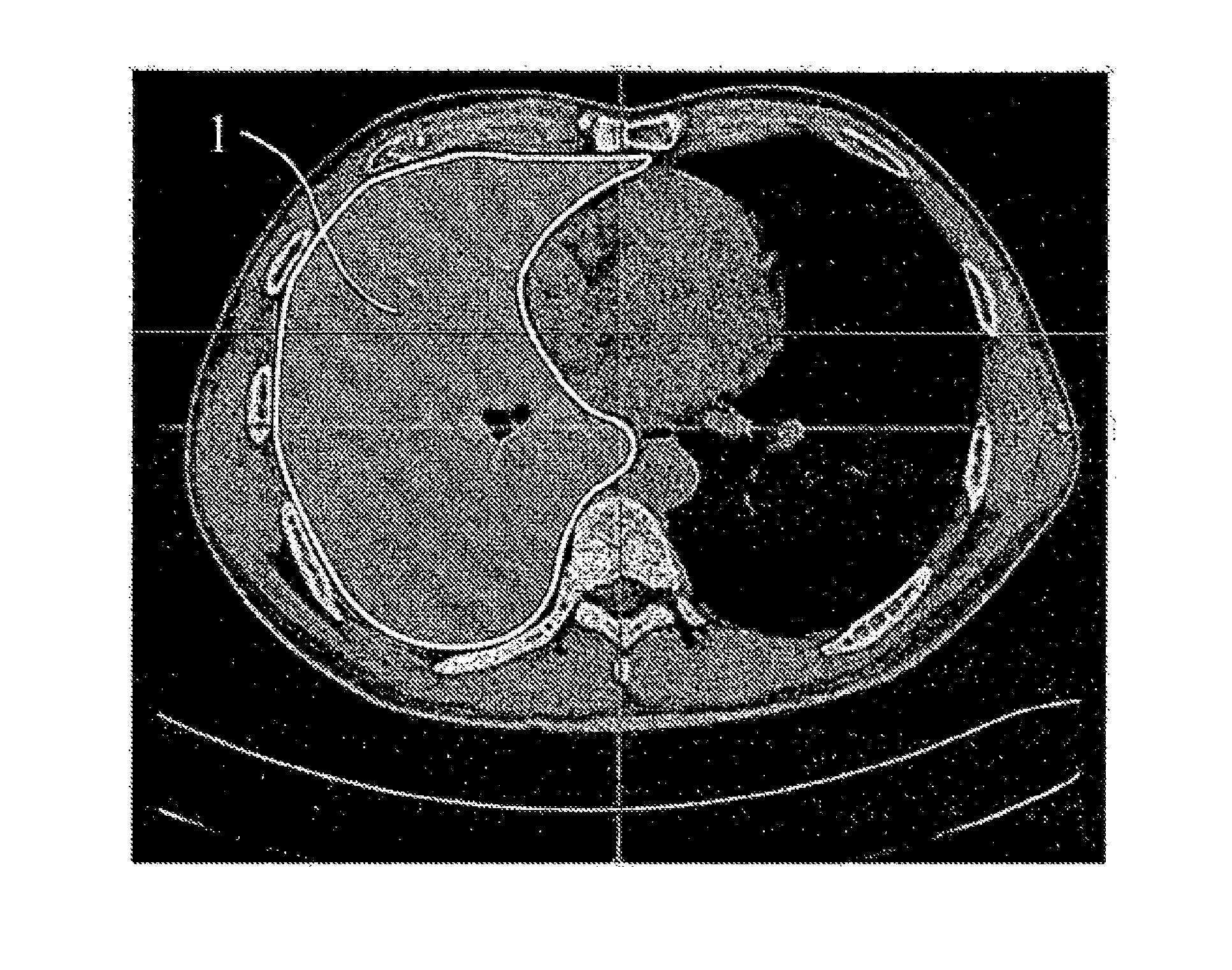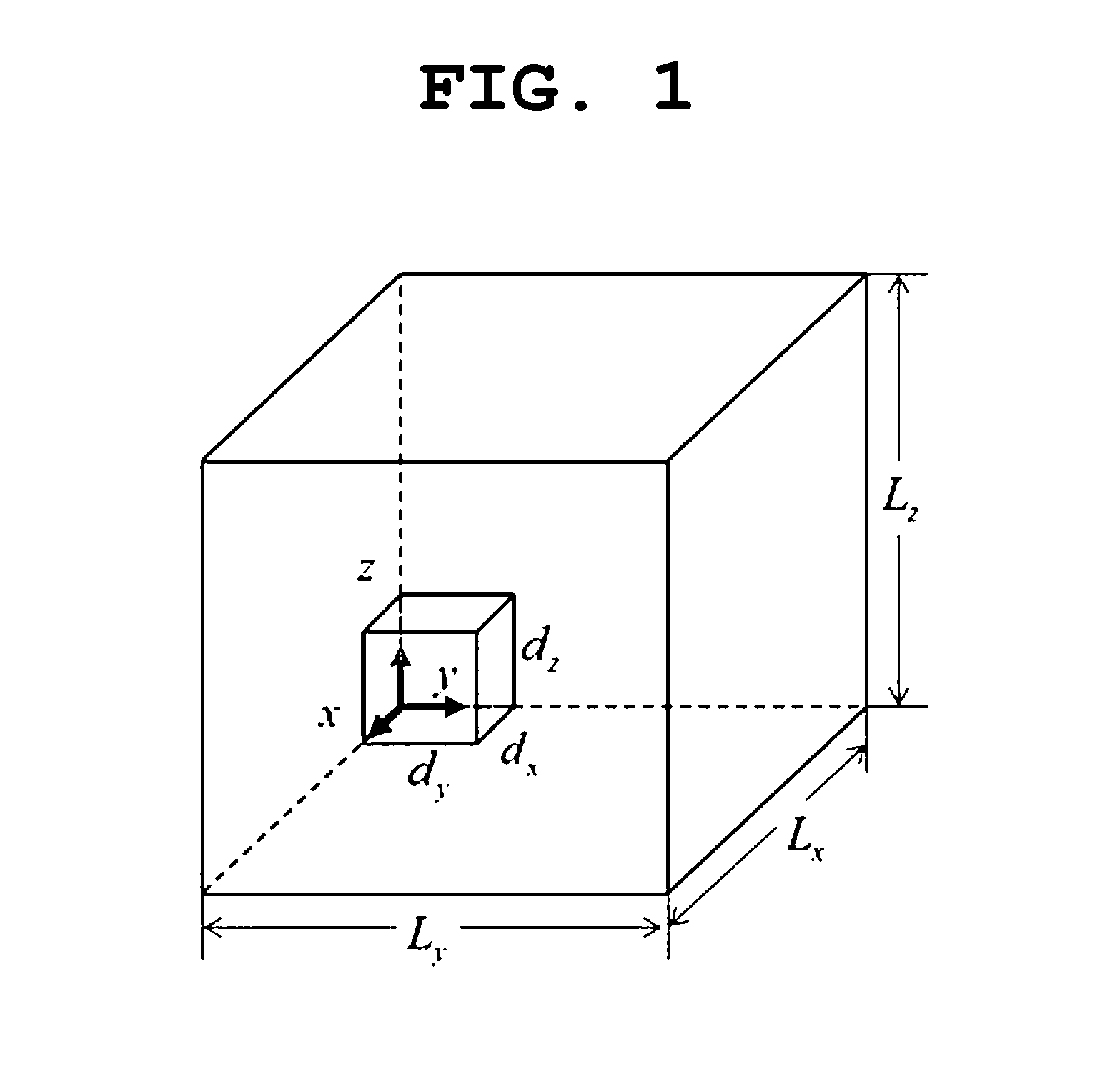Method for distinguishing pulmonary artery and pulmonary vein, and method for quantifying blood vessels using same
a technology of pulmonary veins and pulmonary arteries, applied in the field of distinguishing between pulmonary arteries and pulmonary veins, and a method for quantifying blood vessels, can solve the problems of difficult to assert, difficult to accurately measure the diameter of a blood vessel in a direction, and rare attempts to evaluate the morphological characteristics of small vessels
- Summary
- Abstract
- Description
- Claims
- Application Information
AI Technical Summary
Benefits of technology
Problems solved by technology
Method used
Image
Examples
Embodiment Construction
[0040]The present disclosure will now be described in detail with reference to the accompanying drawings.
[0041]1. Vessel Segmentation
[0042]In the present disclosure, as a preprocessing process prior to segmentation, voxels corresponding to blood vessels are extracted from medical images (for example, computerized tomography (CT) images). For this purpose, two closed regions corresponding to the lungs are extracted. As shown in FIG. 1, 3D volume data for which the present disclosure is targeted is composed of uniform Voxel n=(nx, ny, nz)T voxels having a size of d=(dx, dy, dz)T, and has a range of L=d·n=(Lx, Ly, Lz) T. Prior to a detailed description of an algorithm, the structural morphology of the lungs is described in order to use the known anatomy of pulmonary vessels as prior knowledge.
[0043]1. A. Pulmonary Vessel Anatomy
[0044]FIG. 2 shows the schematic shapes of the left and right lungs when viewed from a mediastinal view. Generally, when a section is viewed from the mediastina...
PUM
 Login to View More
Login to View More Abstract
Description
Claims
Application Information
 Login to View More
Login to View More - R&D
- Intellectual Property
- Life Sciences
- Materials
- Tech Scout
- Unparalleled Data Quality
- Higher Quality Content
- 60% Fewer Hallucinations
Browse by: Latest US Patents, China's latest patents, Technical Efficacy Thesaurus, Application Domain, Technology Topic, Popular Technical Reports.
© 2025 PatSnap. All rights reserved.Legal|Privacy policy|Modern Slavery Act Transparency Statement|Sitemap|About US| Contact US: help@patsnap.com



